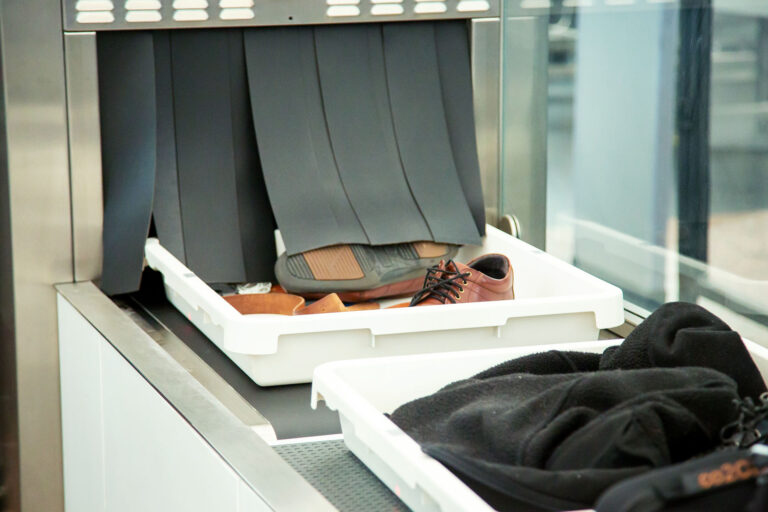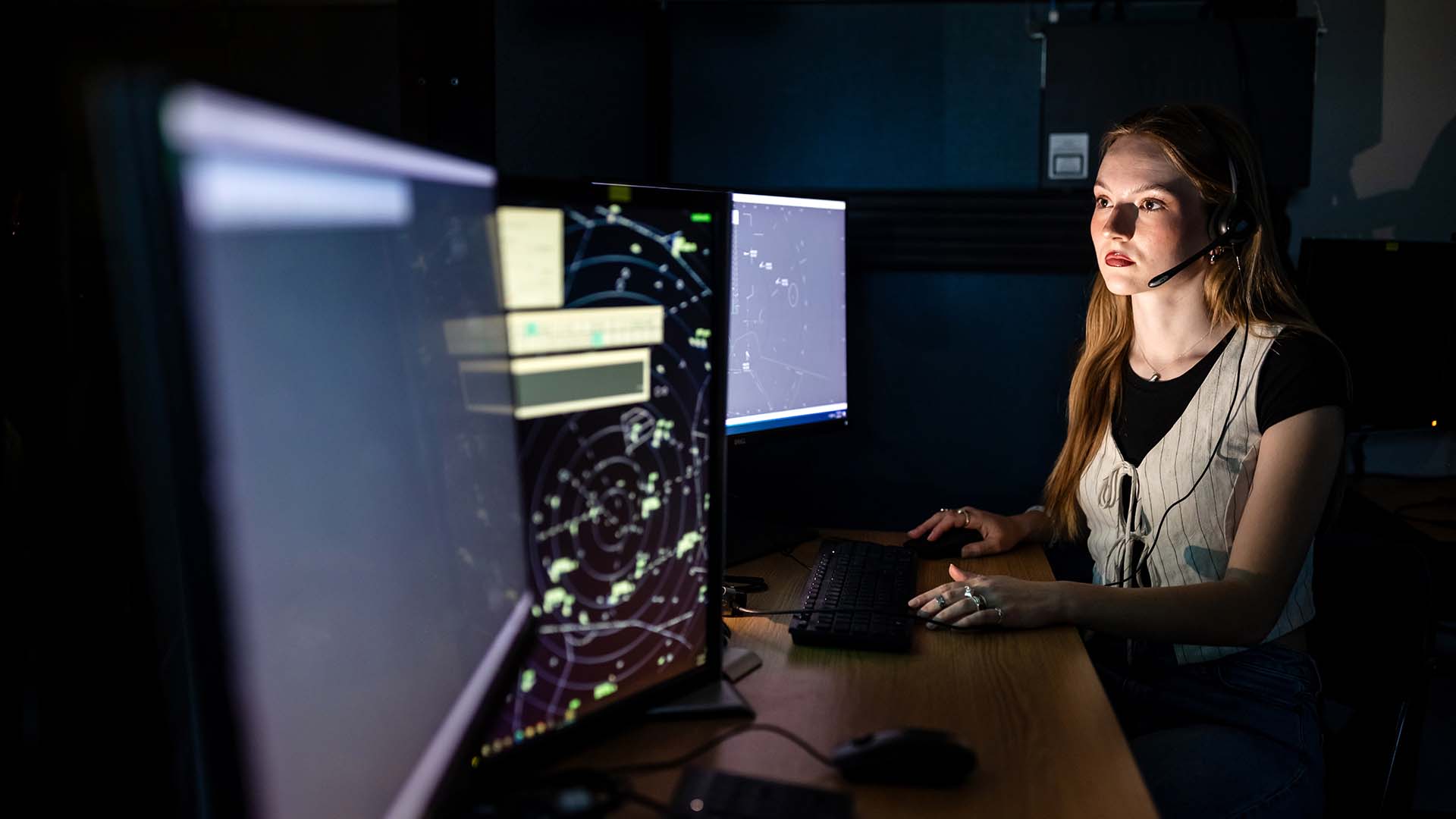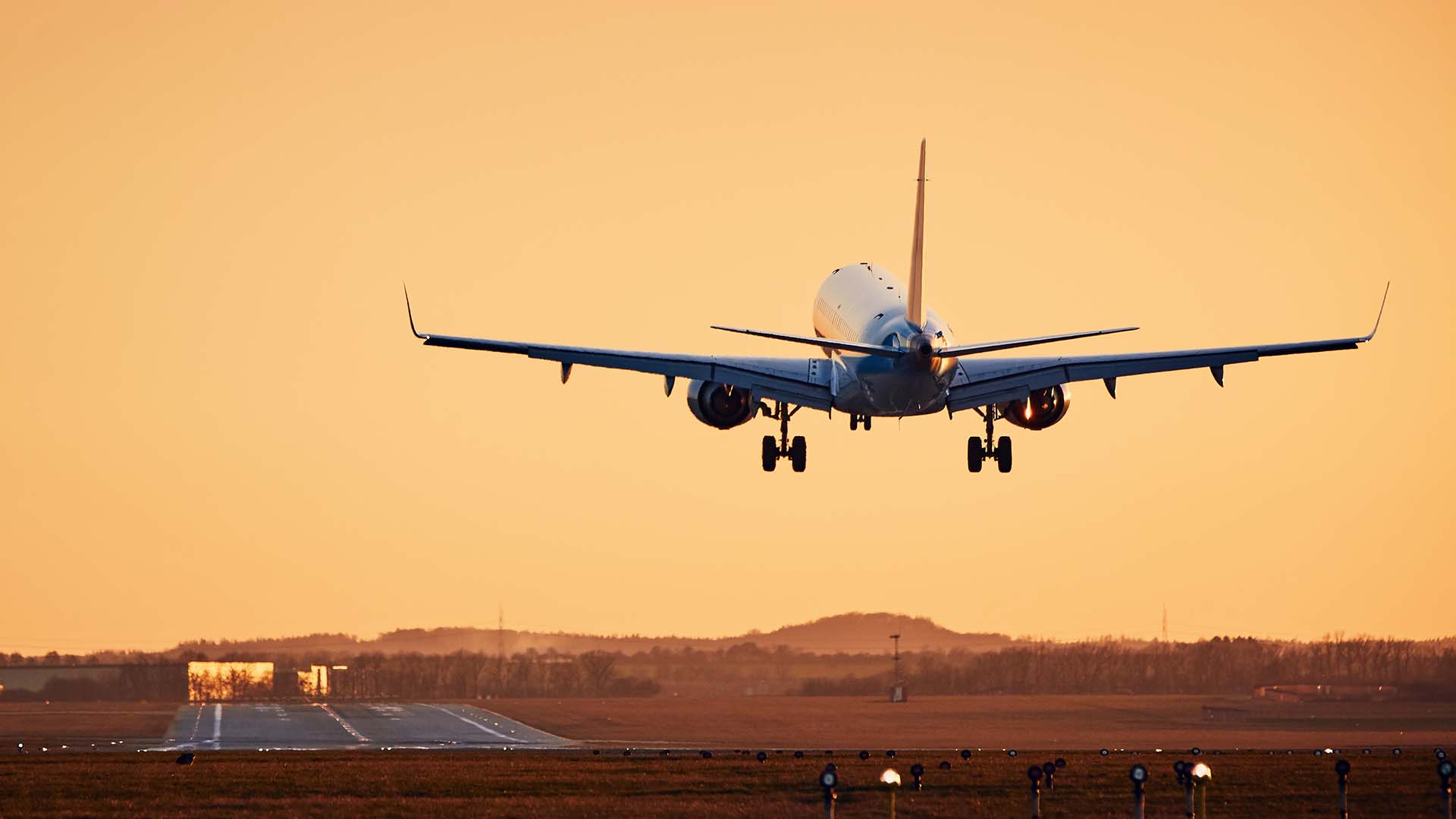Keep your shoes on? TSA policy change explained
Professor Jeff Price answers key questions about the recent airport-security screening update.

A longstanding routine at airport security checkpoints is coming to an end. The Transportation Security Administration announced this week that passengers will now be allowed to keep their shoes on during screening — a major shift from post-9/11 protocol. But how, exactly, will this change work?
Jeff Price, Aviation and Aerospace Science professor at Metropolitan State University of Denver and a national expert in airport security, breaks down what travelers can expect.
Why the policy is changing now is uncertain
The exact reason behind the timing of the policy change, which is effective immediately, is unclear. However, Price points to speculation that political motivations may be in play.
“Some think this is for political reasons, as some politicians have argued for abolishing the TSA because they’re tired of going through the screening process,” Price said.
He added that the Department of Homeland Security is conducting a broad review of existing procedures to determine what is essential and what could be eliminated.
The new policy will be implemented nationwide but with local discretion
Homeland Security Secretary Kristi Noem on Tuesday announced the program’s nationwide rollout. However, individual TSA field offices will have discretion over how and when to implement the new process at their respective airports.

Passenger safety will still depend on random screenings
Price said he expects the TSA to continue using random secondary screenings, which may still require some passengers to remove their shoes — especially at airports without advanced body-imaging technology.
“Otherwise, there is the possibility of someone (who is a security threat) slipping through,” he said. “The body imagers are good but not perfect.”
In smaller airports that still rely on metal detectors, random screening is especially important, Price noted, because those machines can’t detect explosive elements. Skipping this step would be a major security risk.
Certain types of shoes may still require removal
Some types of footwear, such as steel-toed boots, high heels with metal components and combat or hiking boots, may still need to be removed.
“The millimeter-wave imaging machines can have a difficult time with some shoes, particularly ones with steel shanks or thick padding,” Price said. “These can obscure concealed items and create blank spots on the scanner.”
In such cases, TSA officers may ask travelers to remove their shoes for a separate screening.
RELATED: 8 things you should know about the new security checkpoint at DIA
Updated process is expected to improve efficiency in security lines
Removing shoes and putting them back on, especially boots and shoes with laces, slows people down.
“Taking that out of the equation will help lines move more efficiently,” Price said.
TSA PreCheck and Clear may be impacted differently
While Price expects travelers to continue using Clear, he said some may start questioning the service’s value if regular lines start moving faster. “Clear is essentially a front-of-the-line pass,” he said. “If the line is already short, it might not seem worth the cost.”
Likewise, some travelers are reconsidering TSA PreCheck, but Price cautions against dropping the benefit too quickly.
“PreCheck still offers significant advantages,” he said. “You don’t have to take electronics out of your bag, you can leave liquids and light jackets in, and the screening process uses less-intrusive magnetometers instead of full-body scanners.”
Travelers should still be prepared to remove their shoes in some cases
“Don’t assume you’ll always get to keep your shoes on,” Price said. “Depending on the type of footwear you have on, or if you’re selected for random screening, you may still be asked to remove them.”





